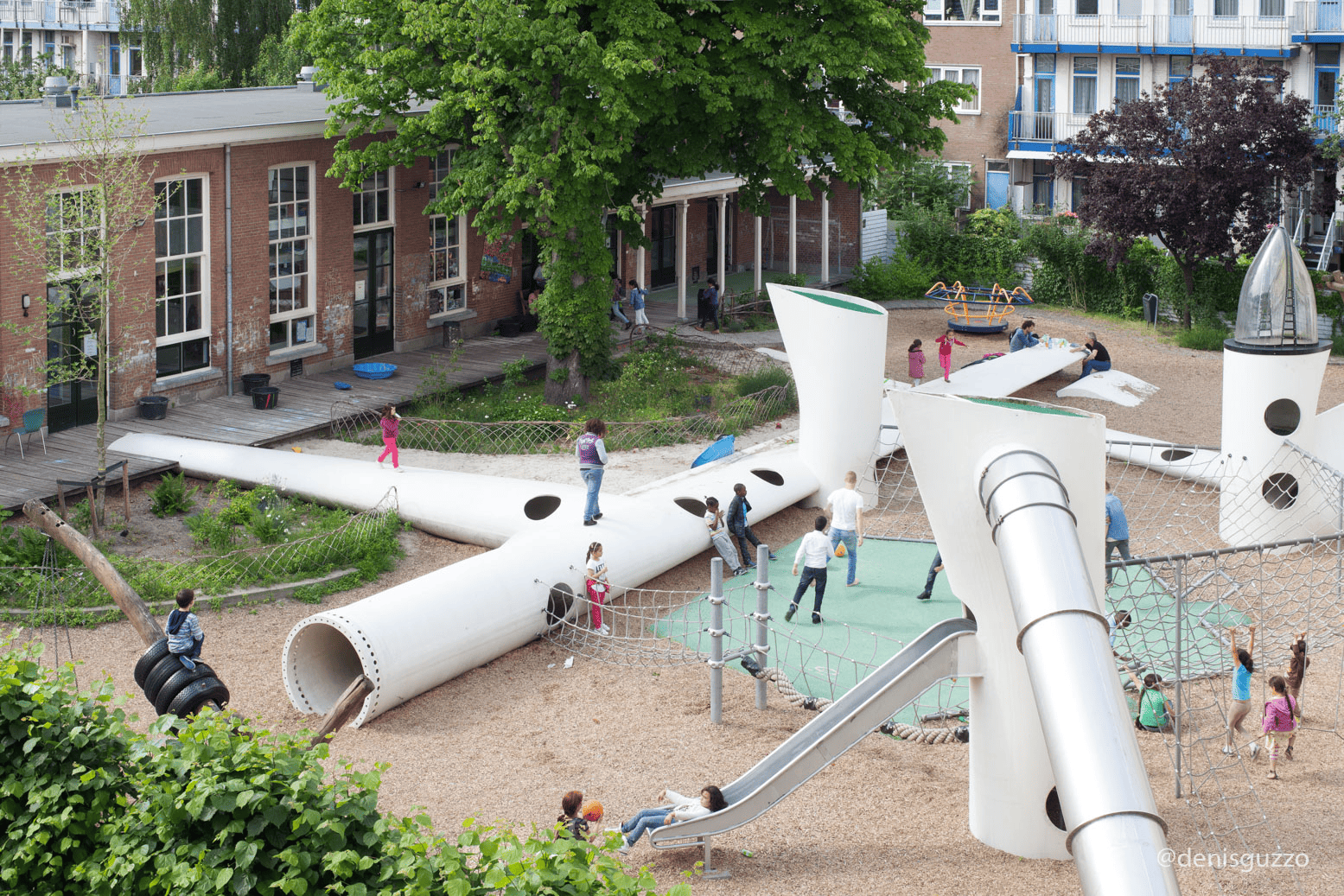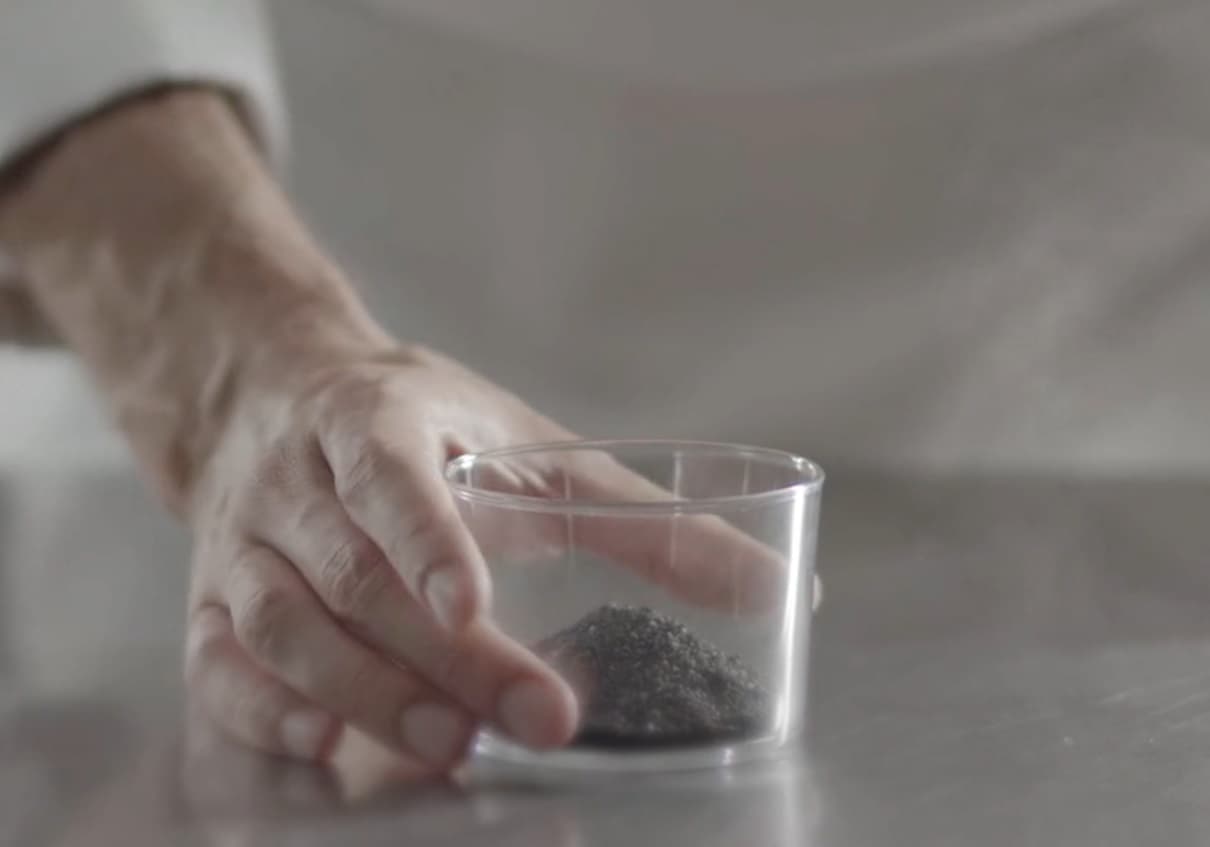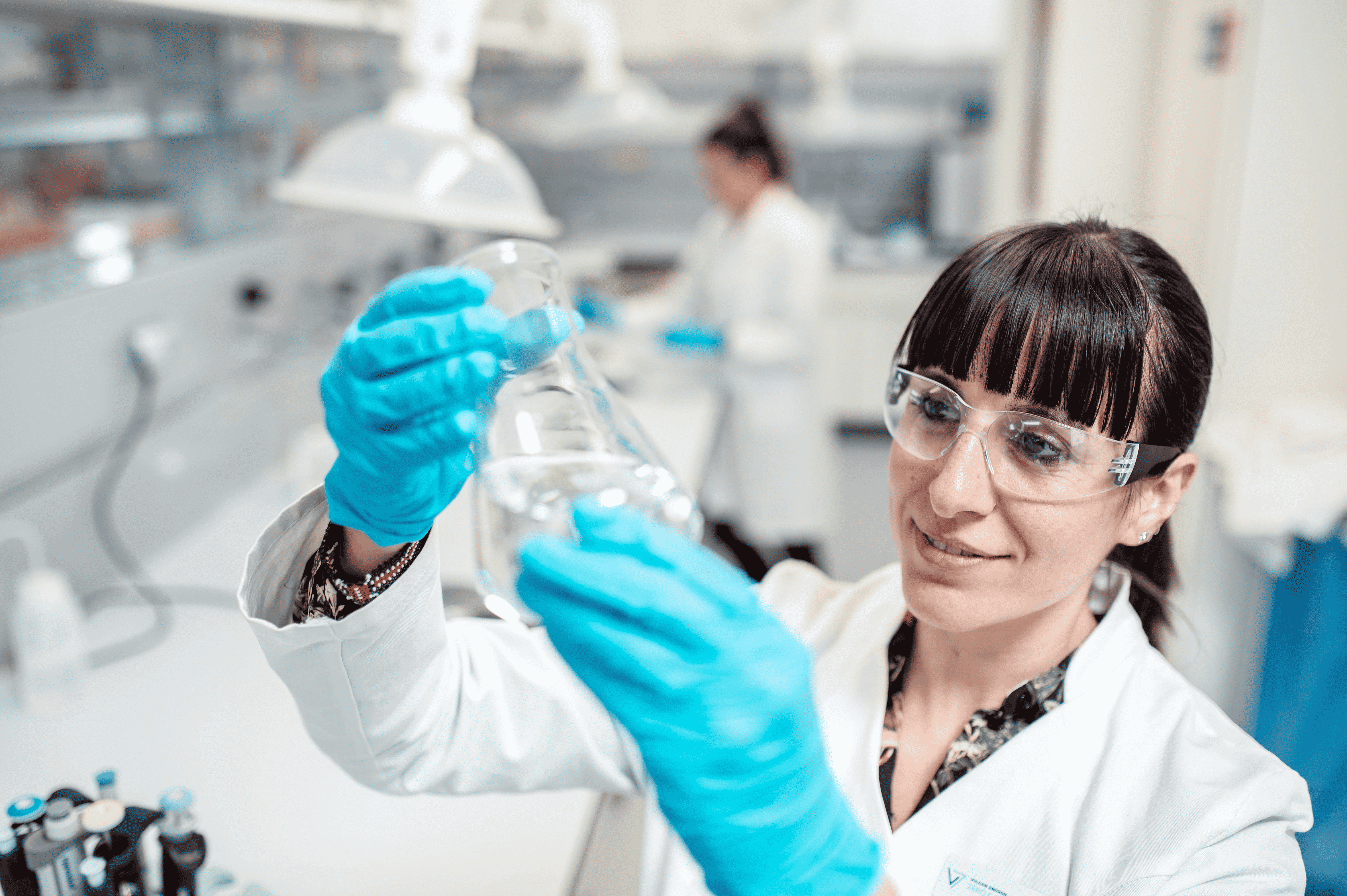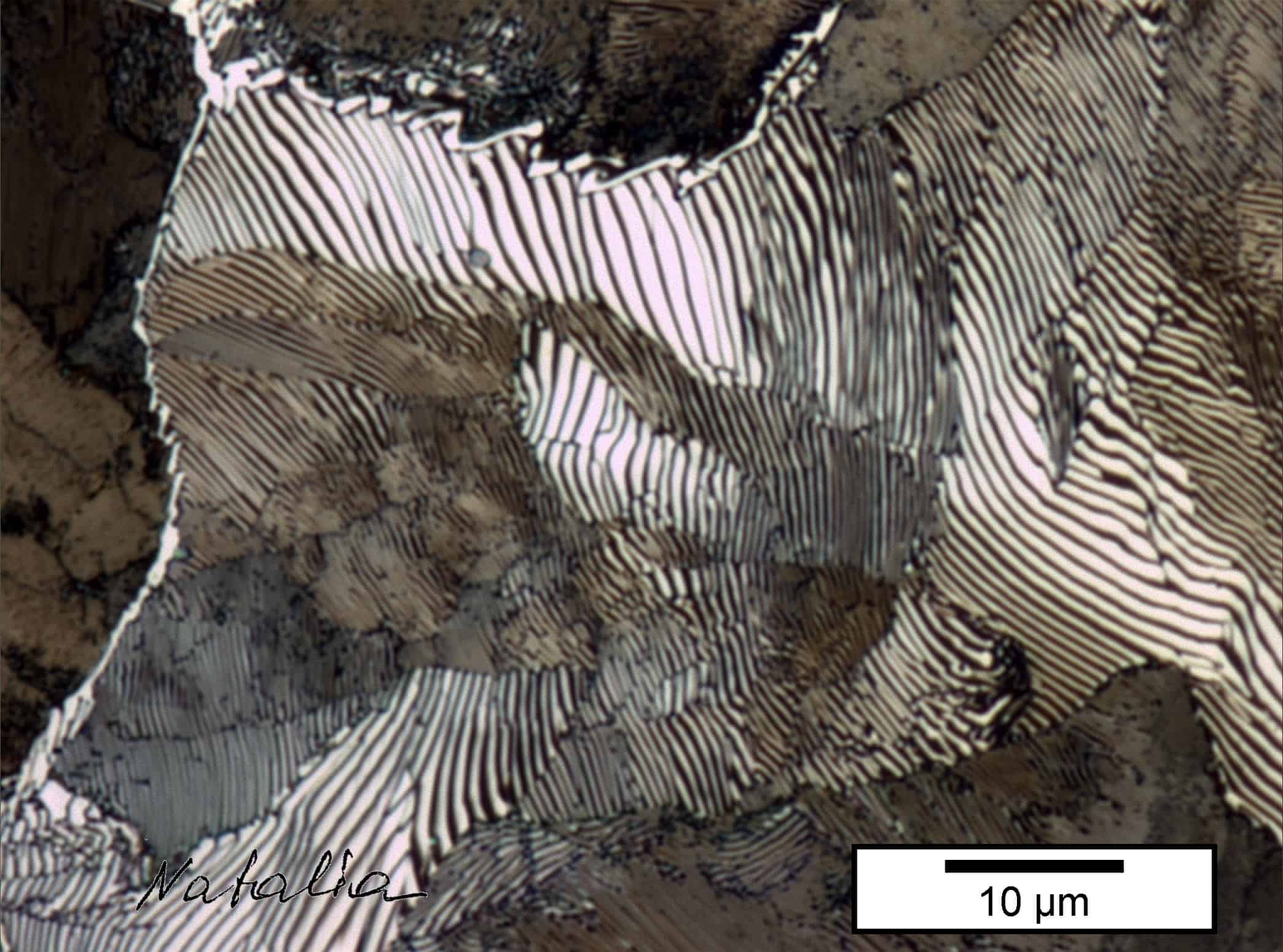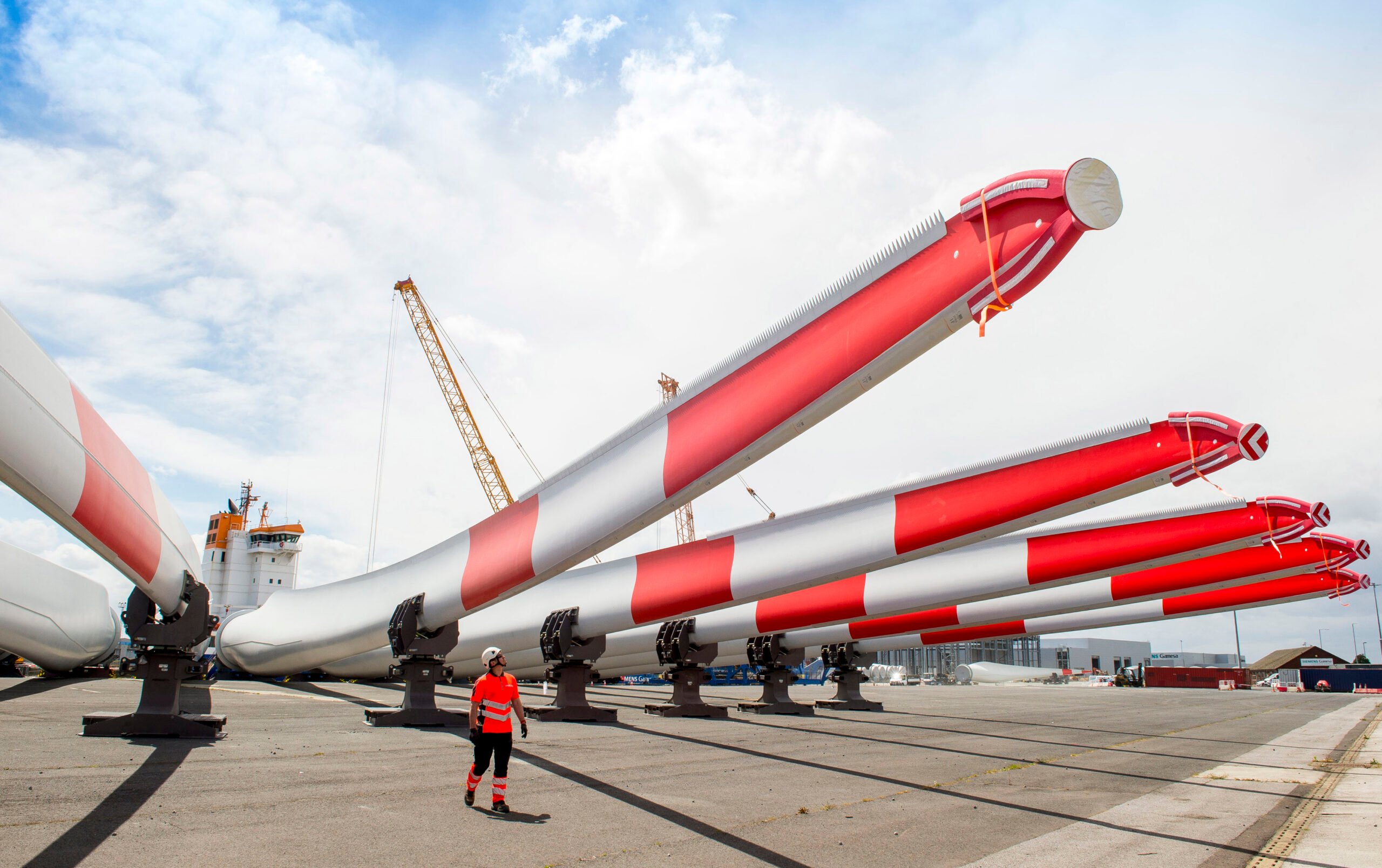
If we are to switch towards a truly sustainable society, materials and energy’s circularity must proceed hand in hand. If the electricity we use to power our cars comes from fossil sources, there is still a relevant environmental impact. The same goes for wind turbines. They might produce clean energy for decades, but what’s the point if their voluminous blades end up landfilled for centuries? However, having a low carbon output per kWh delivered to the grid – about 6 grams of CO2 equivalent – old turbines represent an additional waste source. A new resin for binding blades’ components together is paving the way to make them fully recyclable.
Wind blades are cast using glass and carbon fiber. A core material that can be wood or PET plastic – the same used for bottles – and an epoxy resin system. The latter attaches all the components, making it harder to separate materials when the turbine reaches the end of its cycle. The resulting compound is called fiber-reinforced composite – FRP. Siemens Gamesa came up with a new cohesive substance that allows easier separation of materials without compromising performance. The first recyclable blades are already spinning in the offshore wind farm of Kaskasi, Germany, operated by the energy company RWE.

Growing waste stream
Recycling wind blades has been a tricky business. Although creative solutions exist – Siemens Gamesa itself reused some of them as bicycle sheds – most of them end up in landfills. By contrast, other wind turbines’ components can be recycled already. The tower is made of steel, which can be reused countless times. If wind energy is to play a crucial role in the upcoming decades, dealing with the resulting waste is as relevant. According to a study by the University of Cambridge, wind turbines will generate 43 million tons of waste by 2050. Furthermore, countries are outlawing landfill – Austria, Finland, Germany, and the Netherlands have already banned it.
Recyclable wind blades have the same features
It doesn’t change much between non-recyclable and the blades made with the new RecyclableBlade technology. “The good part is that there was not much necessary redesign to do. The new cohesive substance comes with the same set of properties as the one we use for conventional ones. What’s more, is that production processes and blades’ lifetime stay the same,” told Innovation Origins Harald Stecher, a blade materials engineer at Siemens Gamesa.
Wind blades have a relatively simple structure and few components. The so-called girder is the inner part. It is made of fiberglass and carbon, with resin coating. Two shells – also made of fiberglass – cover the girders. Then, shells and girders are assembled, passing through an oven to combine them into a single structure. Following an inspection, the blades are ready to reach their destination.
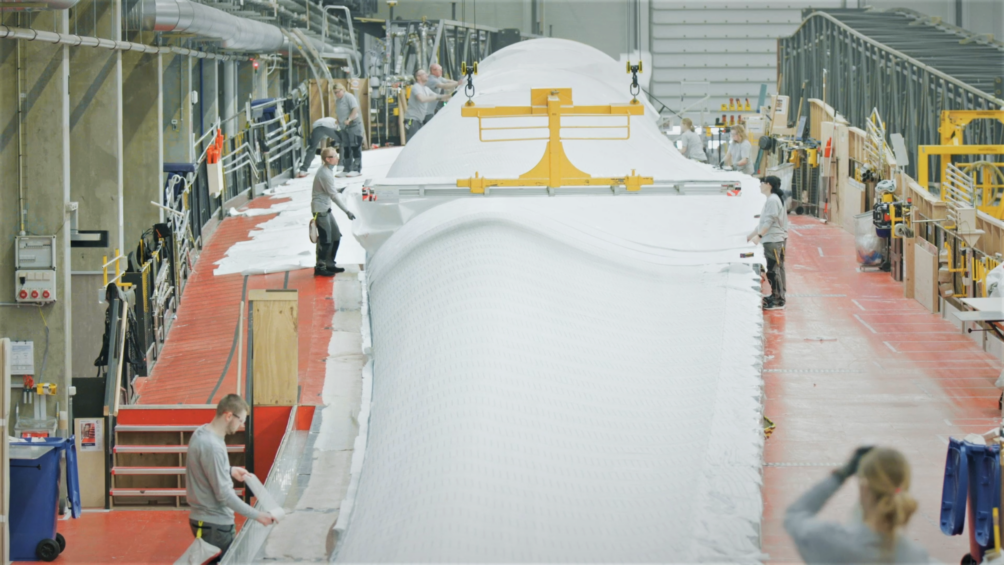
This procedure applies to all kinds of wind blades up to 110 meters long. Siemens Gamesa recyclable blade prototypes will soon ramp up to 108 meters. They are suitable both for onshore and offshore wind farms. As they are similar to the conventional ones, the recyclable blades’ maintenance procedures also stay the same. These operations mainly concern checking for cracks in the structure and don’t require any additional action to be performed in recyclable ones.
“Potentially, the concept is plug and play, but we are far from understanding the material’s potential. We will explore the process more, we still have to play with temperatures and times of infusion. There might be additional gains we are not aware of yet,” the engineer adds.

Harald Stecher
Blade materials engineer at Siemens Gamesa
He’s part of the materials team, responsible for the blades’ resin.
Smooth process
What makes a difference is the resin’s chemistry. Specifically, the compound’s bonds can be broken more easily. When it’s time to decommission a wind turbine, the blade first gets cut into pieces of small square meters. The chunks are immersed in pre-heated and diluted acetic acid – up to 90°C – for a couple of hours. Next, they rest in a ventilated room, where the epoxy compound dissolves, and the materials’ separation happens.
This way, fibers recovery happens. Then the resulting solution is filtered for recovering the cohesive substance too. It can happen in two ways, through evaporation or via neutralization – a chemical reaction in which an acid and a base react together – of the solvent. Regardless of breaking the material’s bonds, stiffness and strength levels are almost the same as the original material. Therefore, the resin can be repurposed for not as stressful uses as the one of a wind blade – yet still ready to serve in demanding sectors such as the automotive one.
“In comparing the process with similar ones it’s worth underlining that it operates below the boiling point, meaning that there is not an overpressure risk. This means that the equipment needed doesn’t have to be as sophisticated as the one required for operating other kinds of procedures,” Stecher remarks.

Fully circular wind turbines
At the moment, the technology is in the introduction phase. By 2024, Siemens Gamesa aims to ramp up production as its supplier will build a facility for producing the new resin on a larger scale.
2040 is the deadline Siemens Gamesa laid out for achieving a 100 percent recyclable wind turbine. As the code for recycling blades has been cracked, the nacelle is next. It is the cover housing the turbine’s critical components, such as the drive train, the generator, and the gearbox. The nacelle is also made of fiber composites with a similar resin coating. The knowledge acquired in designing the recyclable blade will come in handy, even though a great amount of research is needed as the components need to be long-lasting and safe.
“We solved the main structure. However, there are smaller things to consider, such as turbine magnets and other small bits and pieces that we need to get on to have a fully recyclable blade,” Stecher sums up.


